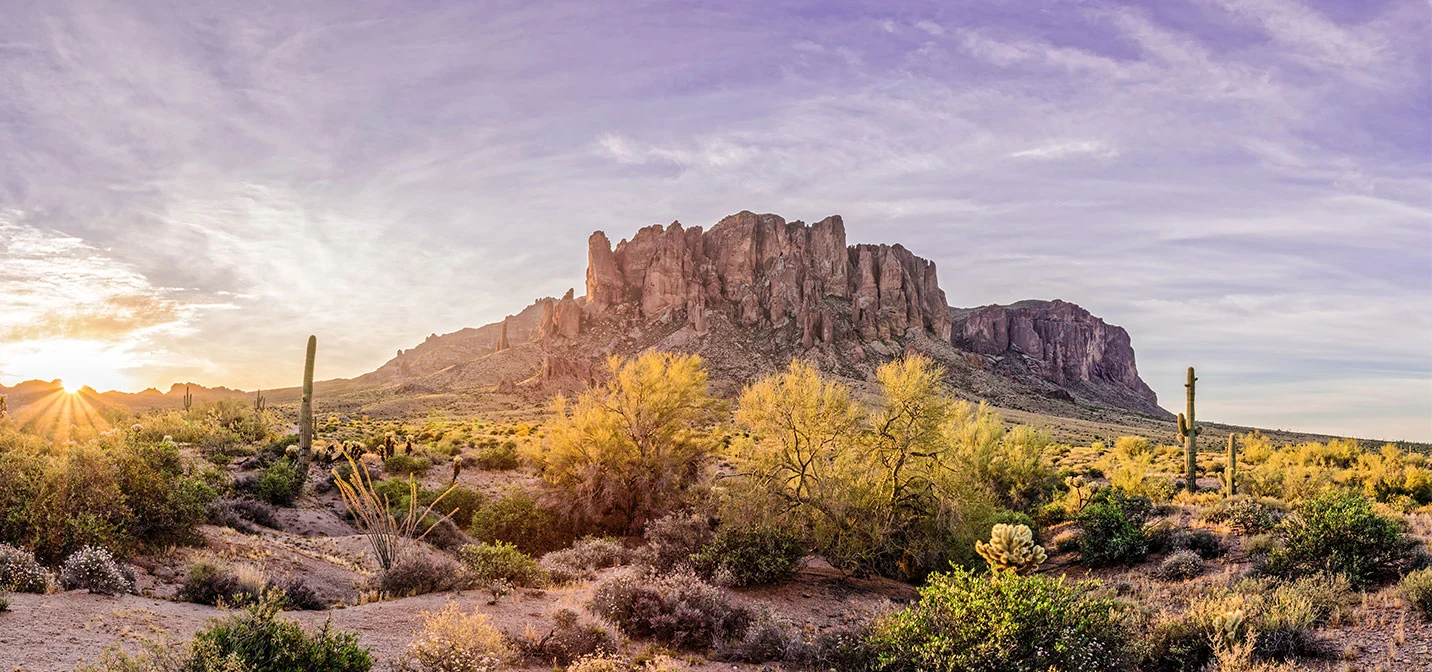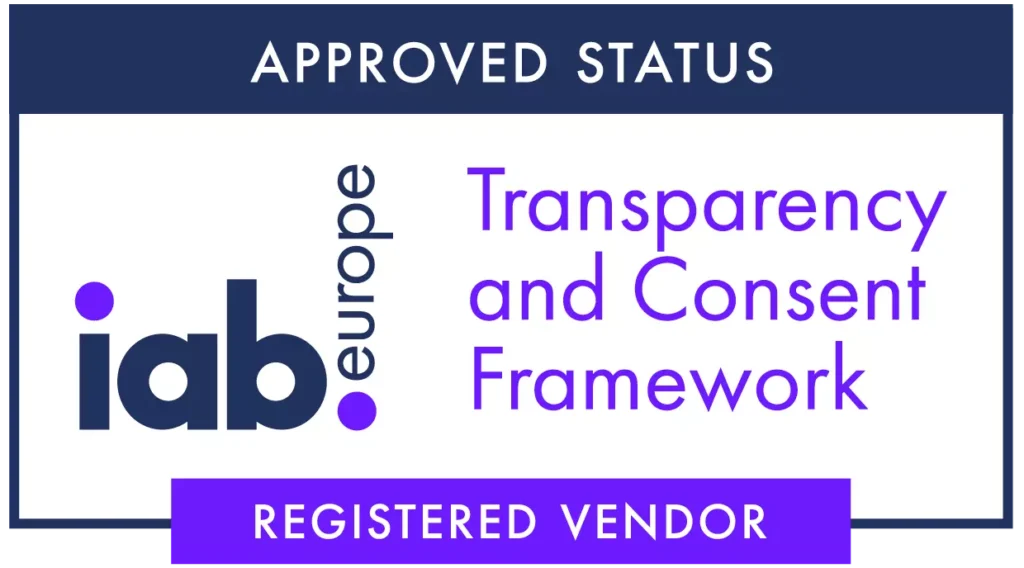With record gas prices, tourism boards in traditionally driving destinations have been concerned about how visitation could be affected. The national average has hovered over $4 a gallon, and in Arizona it’s over $4.50. Despite these high prices, Americans are still showing an eagerness to travel. In fact, Longwoods International tracking study of American travelers report that more than 90% of Americans have trips planned in the next six months.
Here’s how two destinations in Arizona have turned to data to thrive in challenging times:
Pinal County uses data to understand and attract visitors
Pinal County is a small county in Arizona with a population of just under 450,000 and is tucked between Maricopa County and Pima County, the state’s two most populous counties. The area is spotted with both mountains and low valleys, and at just an hour’s drive from Phoenix, is known for being a “convenient escape from the hustle and bustle.”
According to the data, Pinal County’s tourism fared well during the pandemic, providing the easy getaway and open spaces many were looking for. Courtney Gulley, Economic Development Coordinator at Pinal County explained, “We just got our travel industry impact dashboard for 2020, and we were pleasantly surprised that Pinal County wasn’t hit as badly as other surrounding counties during the pandemic. We had a 31% dip, whereas Maricopa County, which is Phoenix, and Pima County, each had about a 50% dip in travelers from the pandemic.”
While Pinal County was well-suited to meet travelers’ needs during the pandemic, the significant increase in gas prices has posed a significant threat to driving destinations. However, initial indications are promising – Gulley said she was both relieved and surprised to see that travelers didn’t have any plans to cancel their road trips due to the significant increase in gas prices. “I was shocked to read that road trips this spring actually outpaced pre-pandemic levels, but I get it because there’s a lot of pent-up demand,” Gulley said.
As Pinal continues to weather the unprecedented times and new challenges, Gulley wanted to better understand Pinal’s typical visitor. Pinal County only established its tourism board two years ago, making tourism a new sector for the area. “We were struggling to find out who our visitor was, and we just didn’t have a lot of data on who our travelers were, where they were coming from, and what they did once they arrived, so we took on Azira to empower ourselves with the data intelligence we wanted,” said Gulley.
Pinal County was able to better understand their true visitors using human movement data, collected through opted-in mobile devices. The tourism board empowered itself with this actionable intelligence on where visitors were coming from and what they were doing while in the area, helping them decide where to best distribute its resources by identifying their top markets, informing them on the best places for billboards and ads. By more concretely understanding who their top tourists were, Pinal County was better able to target them, ultimately increasing visits.
Pinal County also learned where out-of-state visitors came from, with California, Texas, and Minnesota topping the list; and could see how these out-of-state visitors were unique in their visit duration and points of interest. The data also helped to identify the top time of year these travelers came to the county. Having data around what travelers wanted to do while in Pinal allowed Pinal County to improve their traveler’s trips– knowing where travelers were going allowed the county to advise future travelers best on the most popular locations.
Cochise County grows awareness and validates ads ROI using data
Pinal County wasn’t the only Arizona driving destination that experienced success during tough times. Cochise County, another tourism destination in Arizona, also leveraged data intelligence to understand their travelers and how best to attract them in spite of the pandemic and high gas prices.
Cochise County Tourism and Economic Council, or CCTEC, is made up of several towns offering hiking, biking, and bird-watching among many other outdoor activities. Like Pinal, the county offers wide-open spaces, and a chance to get away from the hustle and bustle. Yet also being a drive destination like Pinal County with no local airport, Cochise was also unsure how rising gas prices might affect it.
“Many travelers don’t know that we are here and aren’t aware of all the things we have to offer. We have been using data for more targeted promotions, and now tourists are starting to notice us,” said Kate Cox, Marketing Coordinator at Cochise County Tourism and Economic Council. “Just a couple of weeks ago we had a huge road cycling event that brought in over 1,000 people from 36 different U.S. states, from four different countries. People were leaving delighted with a newly discovered area; a lot of people said they can’t wait to come back and maybe even retire here.”
CCTEC turned to Azira to get human movement data on where people are traveling, dining, shopping, as well as the attractions tourists are visiting. CCTEC leverages its data by using a 20 point of interest (POI) analysis so it can identify the demographics of everyone going to each specific POI, understand how they go from one POI to another, how much time they spend there, and whether they’re overnighting or just daytripping. The data also distinguishes local in-state travelers from domestic and international visitors. The tourism board used data on its POIs to evaluate ROI on its advertising budget, measuring how many people it was getting to visit.
CCTEC was ultimately able to use the data from its 20 POIs to find out that it needed to make the investment in running ads in Chicago, Los Angeles, and Dallas. In addition, the data also allowed for on-point digital remarketing efforts, so that any visitor to CCTEC’s site, for example, would be targeted with an ad.
“Proving that the money I am putting into advertising is actually doing something, watching our numbers grow, and actually seeing what demographic was being hit with each ad allowed me to prove to my communities that our investments are valid,” said Cox.
The businesses with the most data win
The confidence data insights can deliver tourism boards, and truly any organization, allows business decision-makers to make the right strategic moves. Azira helps enterprises combine human movement data with first-party data for actionable insights in real-time, delivering critical information to make better business decisions. Businesses that have a solid understanding of who and where their visitors are can put their money in the right places, and validate ROI. Pinal County and CCTEC are two tourism boards that are doing it right – using the data to attract visitors and deliver a great experience – overcoming challenges to win.
Interested in learning more? Get a demo or check out our resources page.





